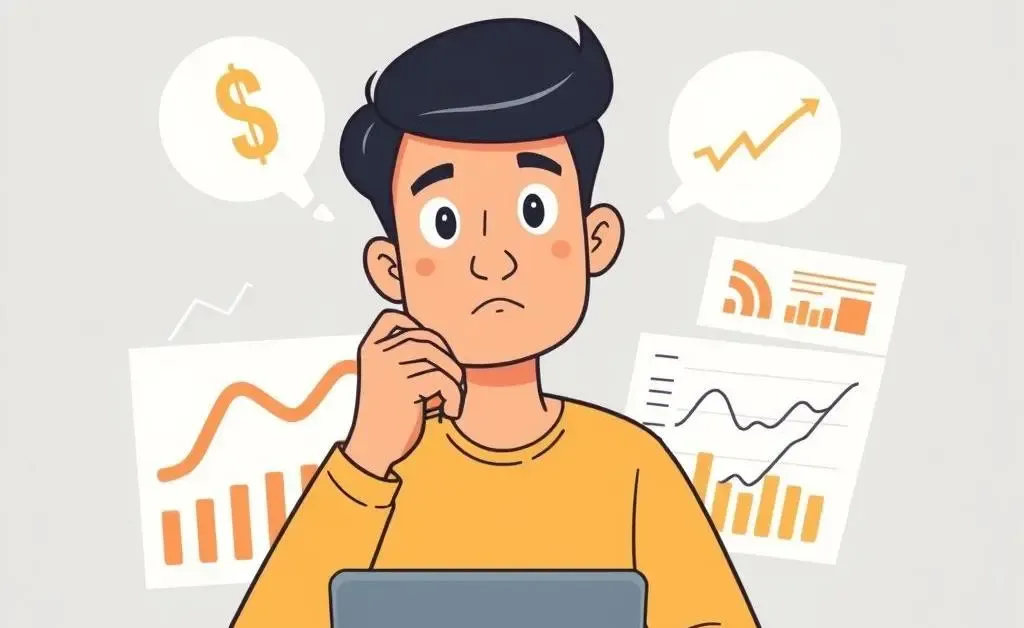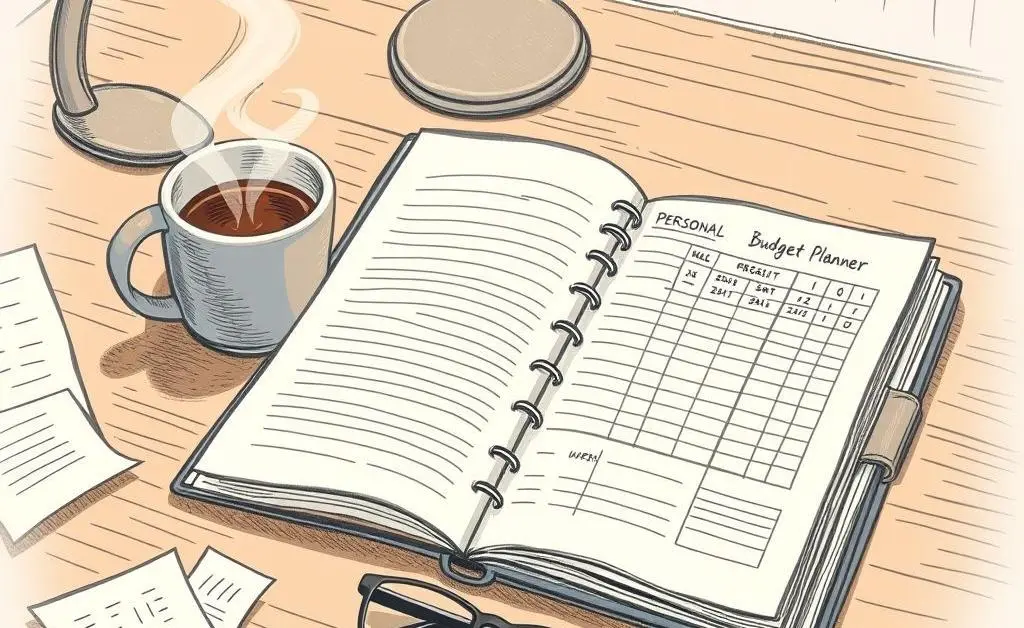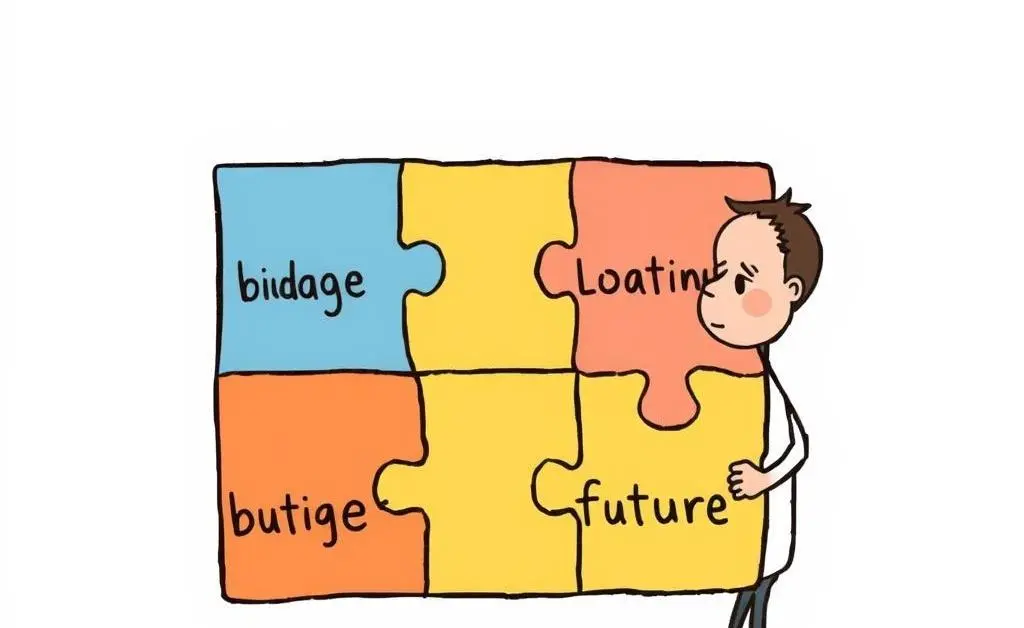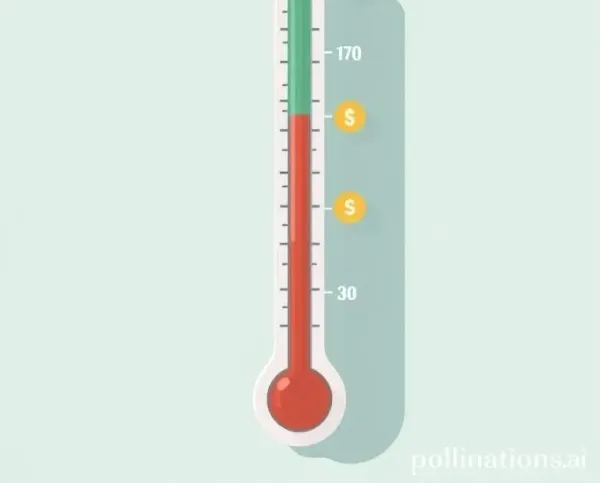Why a 3% Inflation Target Might Just Be the New Normal
Is 3% inflation the new 2%? Let's explore why higher targets might be the new norm.

Ever caught yourself wondering if a 3% inflation target is the new normal? You're not alone. With countless headlines buzzing about the Federal Reserve and inflation targets, it's hard not to notice the shift in financial conversations.
What’s Up With Inflation?
In recent years, there’s been significant debate around what the ideal inflation rate should be. Traditionally, many central banks, including the U.S. Federal Reserve, have aimed for a 2% target. But why 2%? It’s a balance between being low enough to not erode savings effectively, yet high enough to prevent deflation, which can lead to sluggish economies.

The Shift Toward 3%
Recently, some experts and economists are suggesting a shift in the target to 3%. Why? A few key reasons:
- Flexibility in Policy: A slightly higher target allows for more room to maneuver interest rates, especially when economic growth needs a boost.
- Global Changes: With changes in global markets, what worked a decade ago might not be relevant today.
- Sustained Economic Growth: A higher target may help maintain employment and production levels.
Imagine this: you're at your local cafe, trying to keep up with these discussions. A friend leans over and asks, "Isn't higher inflation bad for my savings?" You both laugh, knowing it’s a common concern, but recognize that a little inflation ensures the dollar in your pocket doesn’t lose all its value.
Making Sense of It for Your Wallet
So, how does this all affect your finances? Here are a few practical takeaways:
Firstly, adjust your savings strategy. If inflation creeps higher, you might need to reconsider where you park those emergency funds – think about higher-yield savings accounts or other investments.

Second, keep an eye on interest rates. Whether you're planning to buy a home or refinance, these rates can impact your financial decisions.
Strategies to Consider
Feeling overwhelmed? Don't be! Here’s a quick list of strategies to cope:
- Revisit your investment strategy to ensure it aligns with inflation trends.
- Consider long-term investment in stocks or real estate.
- Reevaluate budget plans monthly or quarterly to ensure they match rising costs.
The Big Picture
It’s crucial to understand that these economic shifts are part of a broader picture. While a higher inflation target might seem daunting, it's about adapting our personal and financial lives to remain resilient.

Staying informed and flexible is key. As inflation trends evolve, so too can our approach to financial security. What do you think? Could a 3% target become our comfortable norm, or will 2% make a comeback? Share your thoughts below!




